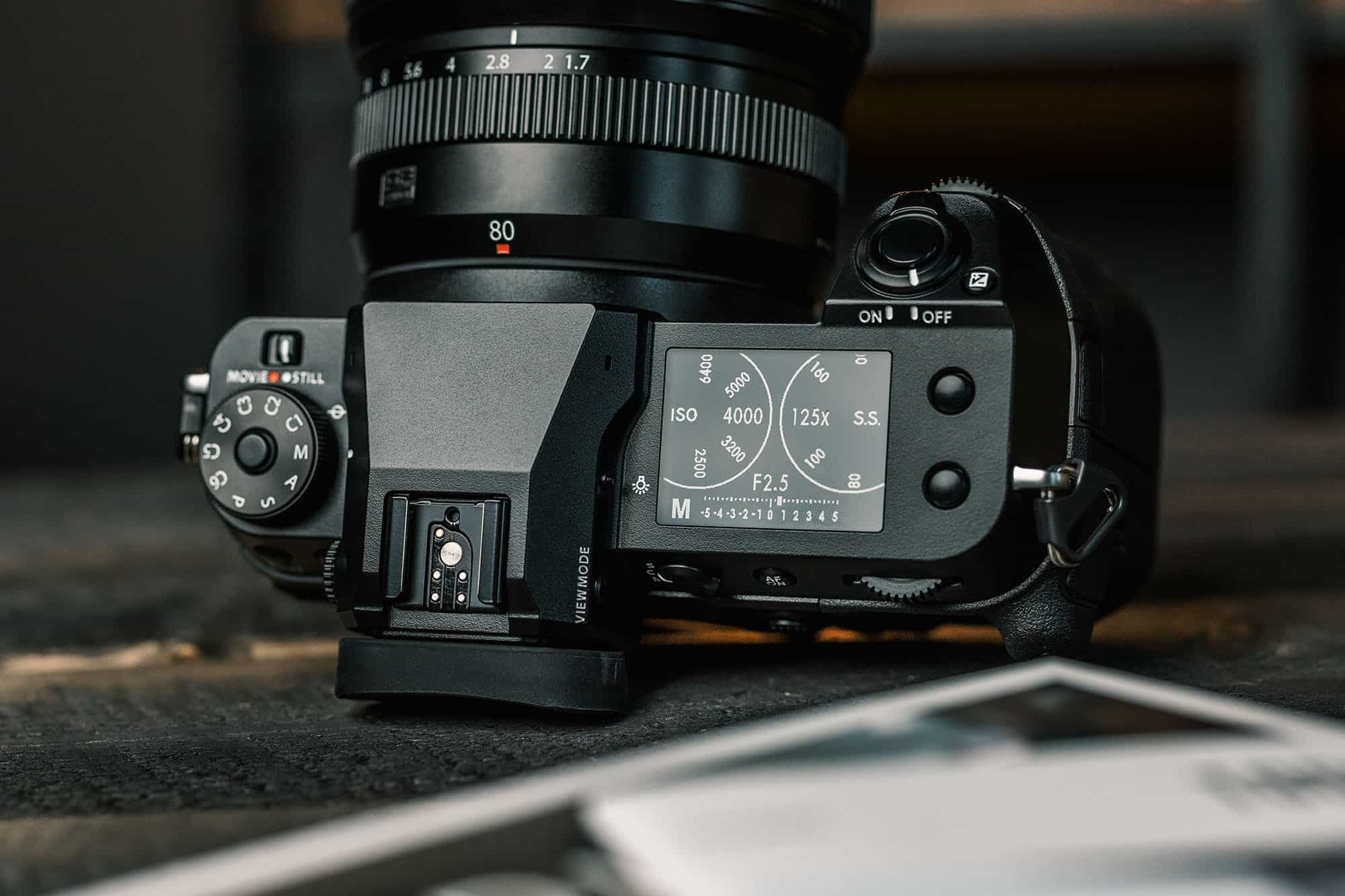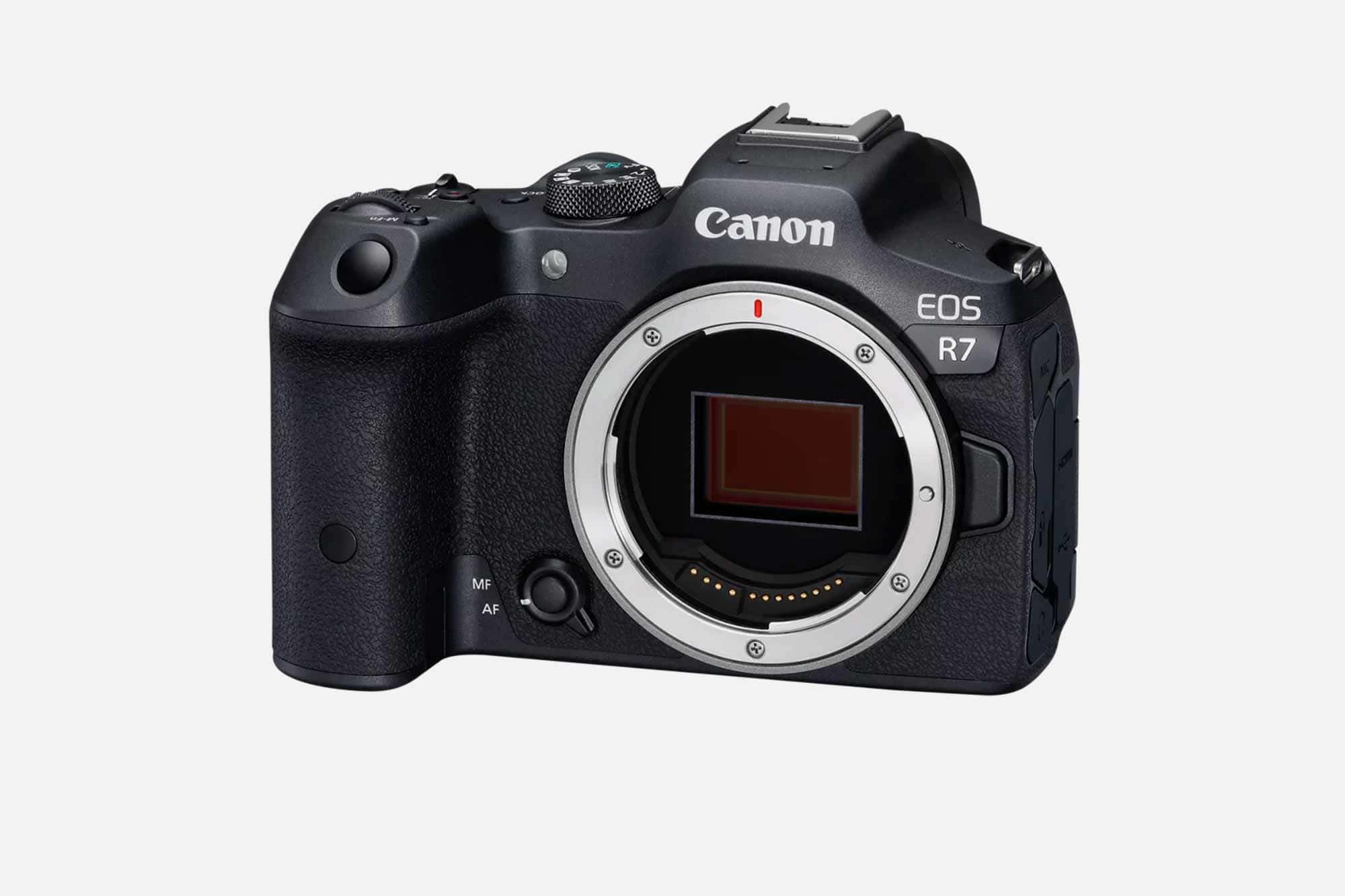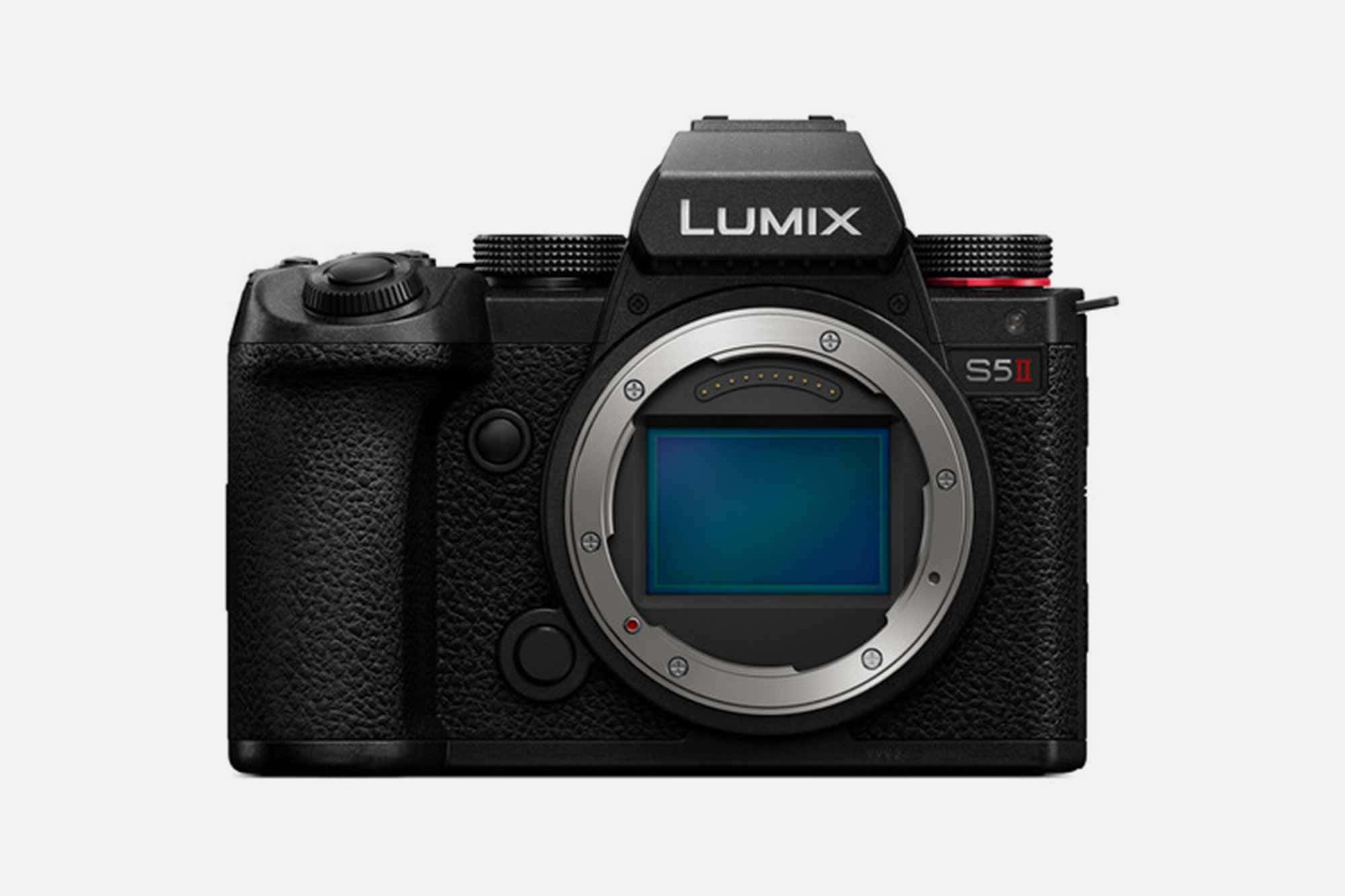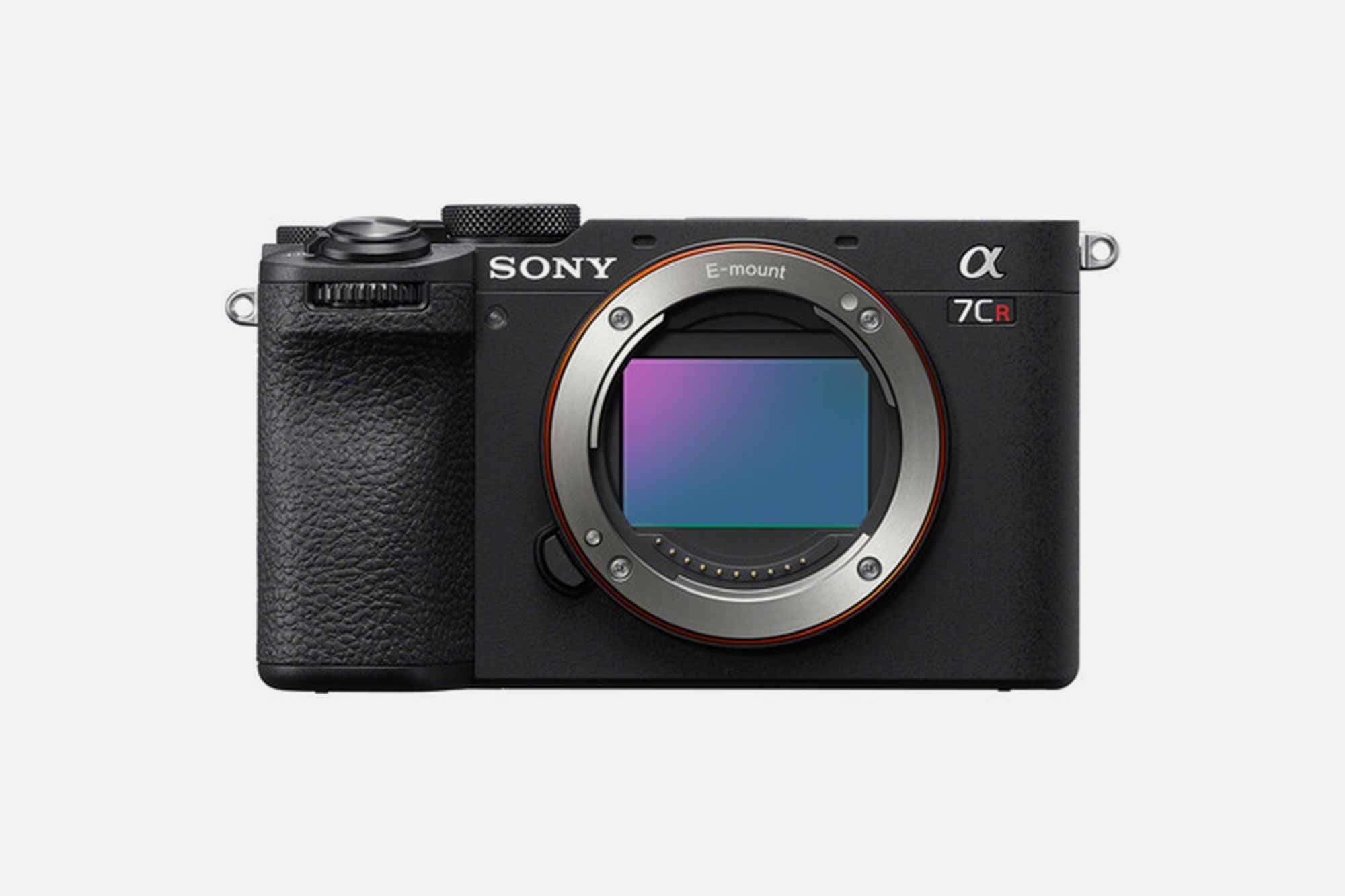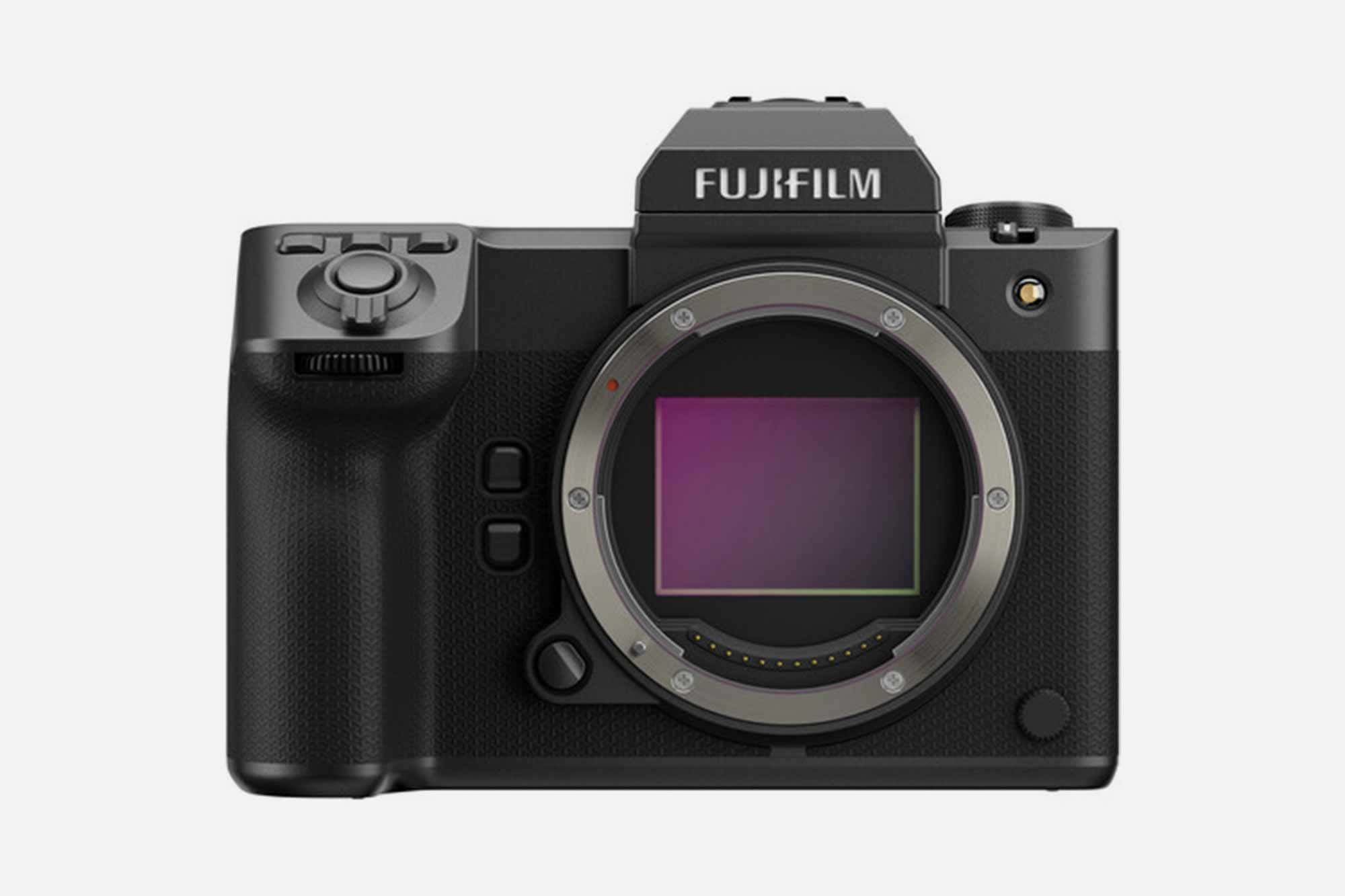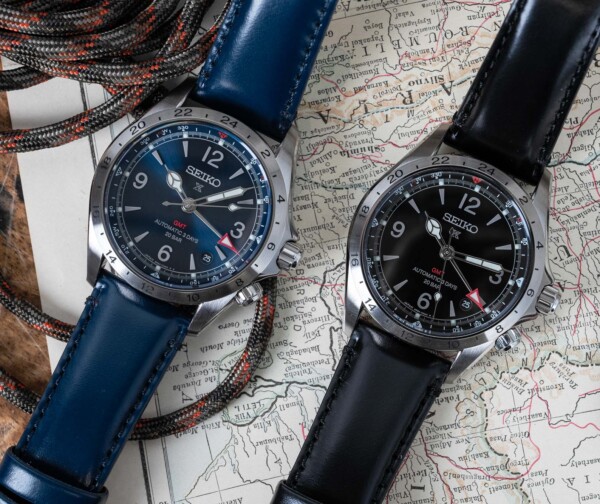Fact: your smartphone has a fantastic camera. It’s highly capable of making the photos that you want. Believe it or not, many folks shoot images with their smartphones and then send the images to retouching agencies to be worked on. But if you want to make beautiful images of your watch that speak to people in a love language that only watch enthusiasts understand, you’ve come to the right place. It’s a badge of honor not to need to work on an image in post-production. To do that, you’ll need to embrace a dedicated camera.
Truth be told, your lighting is the most important thing in watch photography. Peruse the r/watches subreddit, and you’ll see tons of wrist shots. The angles are perfect: facing the camera, first-person, and slightly angled away from the light source to soften the effects. So why get a dedicated camera? It starts with lens selection, and we then grab our divers watches and plunge into features like image stabilization, film simulations, Real-Time LUT, artistic effects, pixel quality, optical quality, etc. Truly, if you tried to time my explanation of how each feature benefits you on a chronograph, the watch wouldn’t be able to measure it accurately.
If you’re in the northern hemisphere, we think that working with south-facing light is best overall. Try to find a window or a spot with southern-light. I mean, plants love it because it’s consistent. When there’s a cloudy day, it’s also appropriately soft yet strong enough to bring out the gorgeous textures in a Grand Seiko Snowflake. Of course, you could also make your own light – and in that case we’d typically reach for strobes or flashes over constant lighting or LEDs. There’s something about the moment when a flash fires. It’s almost like it’s saying “abracadabra” and suddenly something appears on the back of the camera that neither you nor the camera could’ve seen otherwise.
A further note: all the cameras that we’re talking about here have weather-resistance. That’s different from being waterproof or weather-proof. They’ll be able to take some abuse, but they can’t withstand being run underwater like a 3 BAR watch can. For that, we’d recommend reaching for a camera with an IP Durability rating like the Leica SL line or OM System’s higher end options. We don’t think most photographers will need this feature though – and so the level of weather-resistance that we’re talking about will do everything a watch photographer needs.
The Good Stuff
These days, there aren’t really any really solid cameras that we’d recommend new under the $1,000 price point. For the same money, you can get a higher-end camera used and in great condition. So why try to cheap yourself out of nice features that wouldn’t make it into lower-priced cameras? Grab yourself one of these cameras and a macro lens of some sort to get really close in and detailed. Otherwise, consider a zoom lens that offers lots of versatility.
Canon EOS R7









 Featured Videos
Featured Videos





